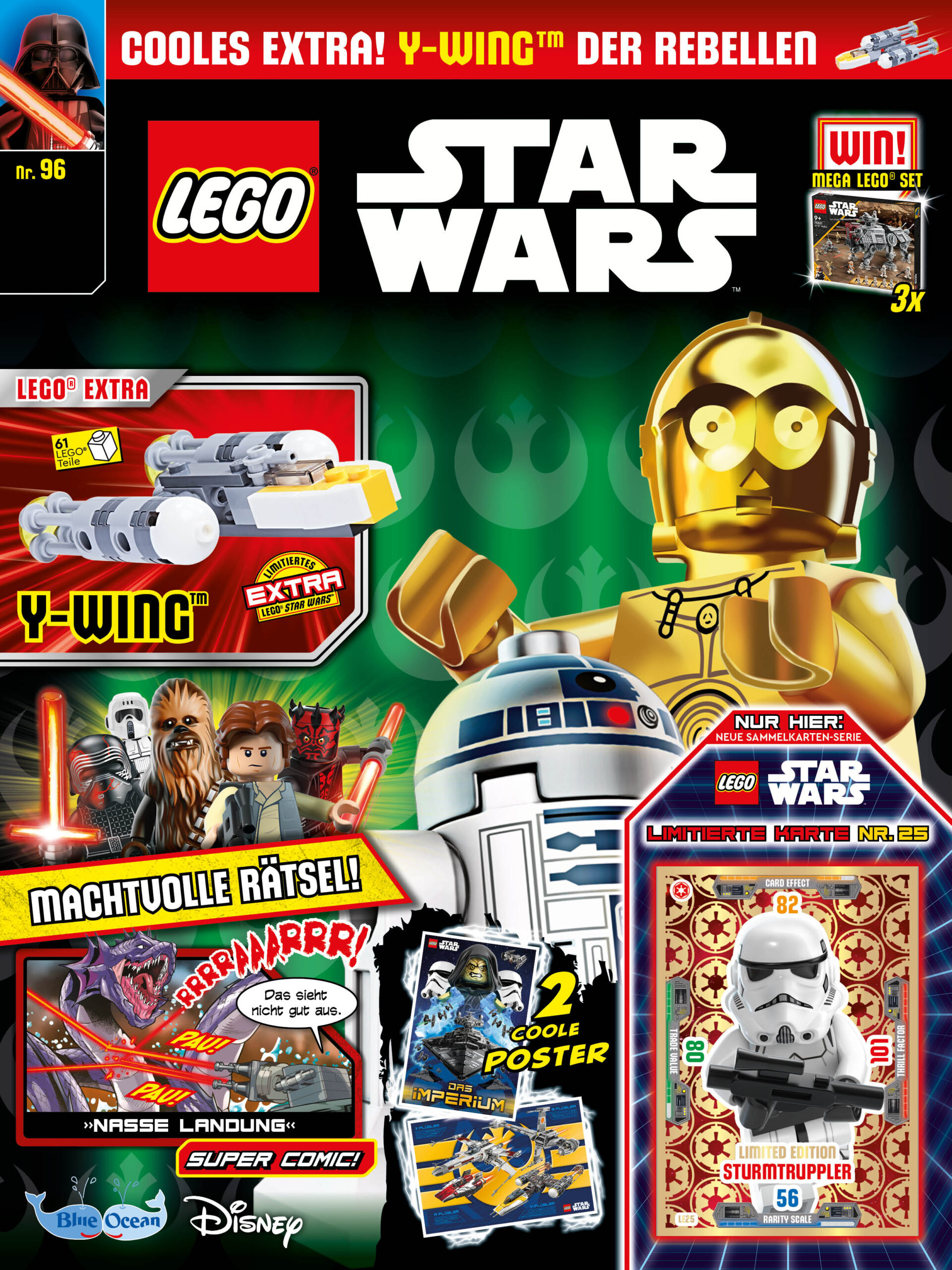
Introduction
LEGO has been a staple of childhood play since its inception in the 1930s, evolving into a cultural phenomenon that resonates with individuals of all ages. As a toy that encourages creativity, problem-solving, and critical thinking, LEGO sets not only provide entertainment but also educational value. Today, LEGO continues to expand its reach, appealing to new generations of builders and enthusiasts worldwide.
Historical Overview
Founded in Denmark in 1932, LEGO began as a small company producing wooden toys. However, in 1949, the introduction of the interlocking plastic brick revolutionised the industry. The modern LEGO brick design, patented in 1958, allowed for enhanced stability and versatility in construction, paving the way for the brand’s immense popularity. Over the decades, LEGO has launched thousands of sets, covering themes from classic cityscapes to intricate replicas of famous landmarks, catering to a diverse audience.
Current Popularity and Cultural Impact
In recent years, LEGO has seen a significant resurgence in interest, partly due to the rise of social media platforms where builders share their creations. The hashtag #LEGO on Instagram alone boasts millions of posts, showcasing everything from simple builds to masterpieces that capture the imagination. Moreover, LEGO has become a significant cultural force, collaborating with popular franchises such as Star Wars, Harry Potter, and Marvel, further expanding its appeal and relevance in contemporary society.
In addition to its toys, LEGO has branched out into media and entertainment, with successful animated films and series that popularise the brand even further. The LEGO Movie, released in 2014, was not only a box office hit but also set the foundation for a franchise that celebrates creativity and teamwork, resonating with audiences everywhere.
Educational Impact
Beyond entertainment, LEGO has established itself as an astute educational tool. Numerous schools have integrated LEGO bricks into their curricula to teach concepts in science, engineering, technology, and mathematics (STEM). Various programmes, including LEGO Education, promote hands-on learning, fostering a love for building and problem-solving while making complex concepts accessible and engaging for students.
Conclusion
The continued fascination with LEGO speaks volumes about its place in modern culture. As the company adapts and grows, including embracing sustainability through eco-friendly materials, it remains a symbol of creativity and innovation. With a robust presence in education, entertainment, and play, LEGO is set to maintain its significance in the years to come. For readers, these developments highlight the importance of nurturing creativity and innovation in both children and adults, reminding us that the bricks of our imagination are endless.
You may also like

Jay Z: The Evolution of a Music Legend

Harvey Weinstein: A Timeline of Legal Troubles and Impact
